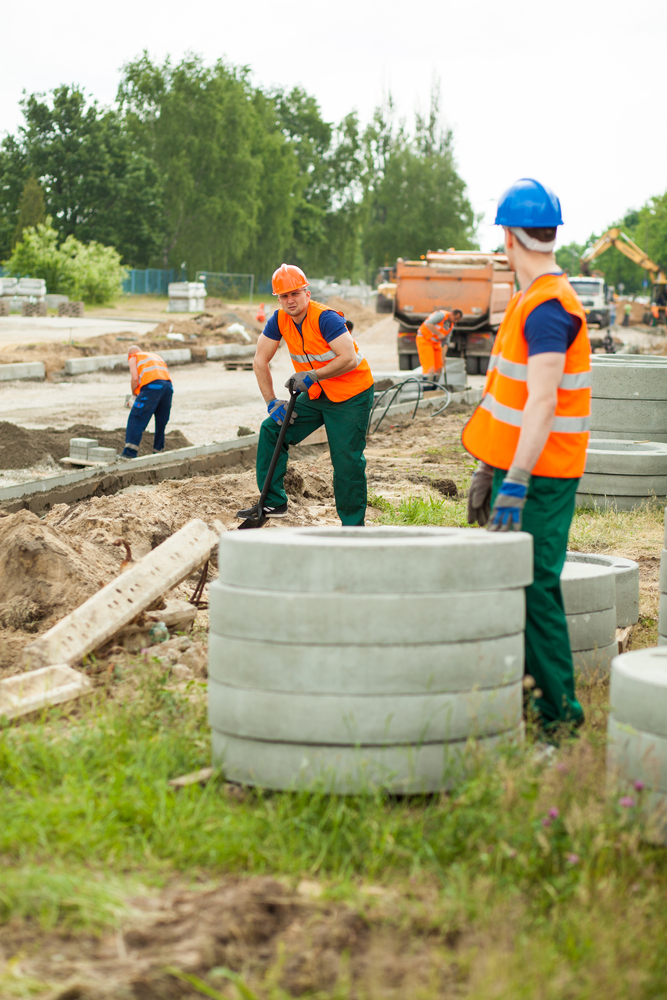Mitigating risk by Externalizing Work®

The Covid-19 Pandemic has caused a major upheaval to the construction industry. The largest impact, however, is it’s role as a catalyst, accelerating the move to Industrialization of Construction®. Modularization or Externalizing Work® is going to become a critical piece as construction companies reopen projects and work in the “new normal”. Productivity measurement and improvement is going to be even more critical as is the need to mitigate risk as much as possible. Modular construction can offer predictable results and mitigate safety risks when approached with proper planning and management considerations.
Keeping construction projects on schedule and on budget is traditionally the “holy grail” that contractors are looking to achieve. As more and more obstacles present themselves (like the current Pandemic), Modular construction, which is widely used within the oil and gas industry, helps mitigate these variables through control and consistency that enhances work-site safety, quality and predictability of construction results. Throughout this blog we will examine modular construction opportunities and key considerations for planning and managing these types of projects.
Addressing Labor Challenges
Availability of skilled labor is highly variable depending on location and other numerous factors. Additionally, there is an industrywide skills gap between highly experienced labor from the baby-boom generation and the capabilities and experience of workers from subsequent generations. When considering that each job site is unique, experience and quality become key concerns.
Traditional field construction methods have different people doing different tasks on different job sites. Fabrication shops are set up to produce specific types of work in a controlled and consistent manner, similar to a factory setting. Workers within these shops are performing the same operations day in and day out, following structural processes and procedures that remove variability and enhance quality. Completing fabrication work within off-site shops reduces the craft density at the construction site and minimizes work to be done at heights. Reducing the on-site density significantly reduces safety risks, particularly on space-constrained sites.
Focus On Planning
Introducing modularization into complex construction plans require an intense focus on scheduling, logistics and supply chain management. Often, the sequence of work must be modified. For example, detailed engineering on a combined-cycle facility using modularization must be completed three to four months earlier, depending on schedule. The reason is sub-components must be procured and built, then shipped to the fabrication facility for integration rather than simply procuring parts and sending them directly to the construction site.
Investing in Control for Predictable Results
A thorough cost assessment is necessary to determine if a modular construction approach would be the most cost-effective option. A modular approach has the potential to generate significant transportation costs that should be weighed against availability of labor — on-site versus off-site — and other project risks, such as extreme weather that could delay the project. Modularization can benefit projects of all sizes. Prefabrication shops can replicate and scale output based on project needs while maintaining consistent quality. Work within the prefabrication shops lessens potential weather-related delays and can significantly reduce labor density on the project site, reducing safety related risk. However, contractors and clients interested in pursuing modular construction techniques must have strong project management, supply chain management and logistical controls to make sure materials are sent to the locations needed, when they are needed, to maintain the project schedule.
